Claws are an integral part of many animals’ daily lives, aiding in activities like grabbing, digging and climbing. For these creatures, claws provide stability and security not only during dangerous situations but also when it comes to the basics of day-to-day life.
Without their claws, creatures such as cats and spiders would find hunting for food much more difficult, if not impossible. Not only do claws offer protection against predators, but they facilitate much-needed movement on a variety of surfaces from slippery rocks to rough bark.
It is clear then that claws are essential for many animals – an essential piece in their natural lives that enables them to live harmoniously with their environment.
Table of Contents
Here are 20 examples of animals that have claws:
1. Big Cats
Scientific name (genus): Panthera

Big cats are certainly some of the most impressive predators in the animal kingdom, and their retractable claws contribute greatly to their success. All big cats have the same structure for these tools – from tigers and lions to jaguars and leopards – allowing them to do the same things with them.
Most animals no longer have this ability, but our domesticated cats still demonstrate it. These claws allow the big cats to do lots of different activities such as hunting prey; after they latch on with their claws, they catch their target with a strong bite.
Additionally, they use them to climb trees so they can store away uneaten portions of food or hide from other predators. And while there’s no way of knowing for sure, it’s likely that big cats have some of the sharpest claws around!
2. Crocodilians
Scientific name (order): Crocodilia
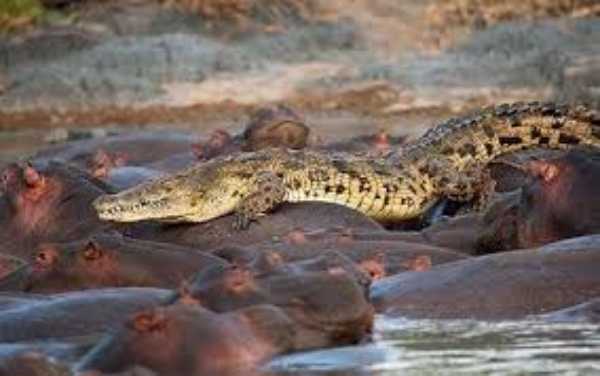
Crocodilians possess a unique set of tools; their short, yet strong claws are used for a variety of purposes. Beyond the obvious use of obtaining food, these claws come in extremely handy when crocodiles require to do any form of burrowing or excavation.
Female crocodiles use these claw-equipped feet for digging up nests for their eggs to be laid in – an essential task for them as semi-aquatic animals whose survival depends heavily upon the breeding season.
This makes them the only species among aquatic animals that own and make use of such claws – a trait that stands out amongst this ancient species,
3. Birds
Scientific name (class): Aves

Although some birds have claws that are less developed or even absent, it is a feature common to almost every type of bird. It is interesting then to ask why. The answer lies in the purpose for which these claws are used and the skill with which these functions are performed.
Birds of prey use their claws for catching, killing and butchering their prey, and other birds rely on them for defence and mobility. Without them, the lives of several species would come to a grinding halt!
Claws may be different shapes and sizes depending on the species, ranging from blunt talons i.e., those found in crows to long razor-like ones found in cassowaries,
4. Boa Constrictors
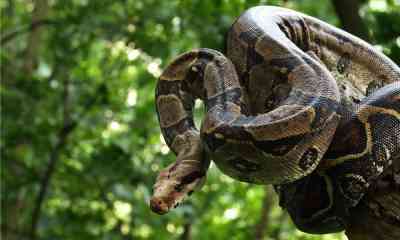
While it’s not commonly known, a select few snakes possess a single claw, which is actually evidence of organs that were once extremities. This mysterious appendage is found on some anacondas and serves many purposes in the mating rituals that it has been seen accompanying.
Scientists have deduced that snakes evolved away from their limbs during periods of subterranean activity and the claw remains today as their evolutionary reminder.
5. Lizards
Scientific name (order): Squamata
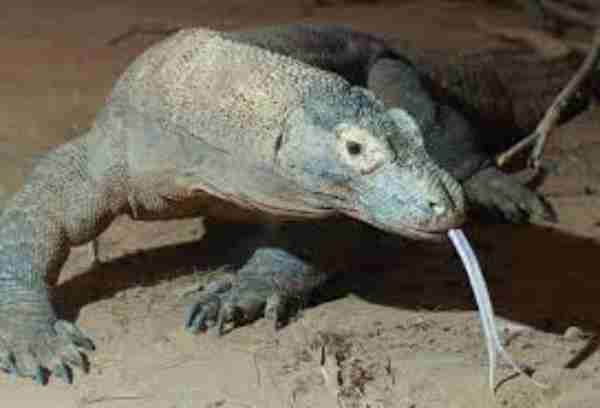
It’s amazing to see the many ways lizards use their claws, from simply aiding in climbing to being able to catch and eat prey. The Komodo dragon is a top example of how this species has evolved its claw usage for daily activities, like with the ability to climb, catch and kill its food, or even burrow into the ground and create a home.
While smaller lizards may rely on theirs solely for climbing surfaces, the strength and tenacity of some are definitely nothing to sneeze at–the Komodo dragon is proof enough of that. Similar to other species, these clever claws are fundamental for their survival.
6. African Clawed Frog
Scientific name: Xenopus laevis

The amphibian with the distinct feature of claws is the humble frog. Located only on the back feet, these claws enable the frog to eat things like worms and small animals that it digs out of the ground, allowing it to tear apart other foods and fend off predators equally well.
A useful adaptation for a creature that lives mostly on land but can still swim in the water. This extraordinary feature can be found between slimy toe pads and splendidly colourful bodies that range from vibrant yellows to dark greens.
7. Bears
Scientific name (family): Ursidae

Bears are some of the mightiest examples of mammals with claws. These claws are incredibly strong, allowing them to do extraordinary things like holding a half-ton bear up in a tree! Their claws also serve many other purposes, such as digging, catching prey, killing prey, and tearing food apart.
These incredible animals were designed to be quite resilient and capable of performing various functions that would prove difficult for most creatures. The fascinating thing about them is their ability to climb trees, although not nearly as well as the big cats of the animal kingdom.
8. (Some) Monkeys
Scientific name (family): Callitrichidae

This unique family of monkeys are gaining attention due to the claws they have on almost all of their toes – a rarity among primates. They put these claws to good use and rely on them for grooming, climbing, and digging under tree bark to find food. It’s intriguing that evolution caused most primates to lose the claws but this particular family has kept theirs intact for centuries.
They serve as an incredible reminder of how genetic mutations can have the power to protect or enhance species by allowing them to better adapt to their environment.
9. African Civets
Scientific name: Civettictis civetta

These small animals with claws are a true testament to nature’s adaptability. Not only can they retract their claws like cats, but they’ve also developed an impressive way to hunt – using their powerful claws to seize and dismember prey.
The fact that they can take down large and venomous snakes is even more amazing; they use their superior agility combined with the strength and speed of their claws to bring down even the most menacing predators, then finish them off with a devastating bite.
10. Common Genets
Scientific name: Genetta genetta

Genets are small mammals, related to both cats and civets, that have sharp claws that they can retract when needed. Known as great climbers, they’re found in Africa as well as Portugal, Spain, and parts of France.
They use their claws mainly for climbing trees and grabbing their prey–which consists of smaller mammals, lizards, birds, amphibians, large insects and even fruit.
By day genets are quite active adventurers roaming the branches of trees for food. By night they sleep on the ground or in a tree hollow – one more reason why their retractable claws come in handy.
11. Lobsters
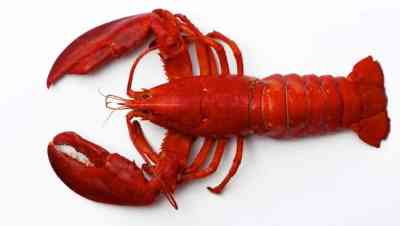
Scientific name (family): Nephropidae
The claws on lobsters, also known as chela, are truly special. With most specimens having three pairs of claws on the first three sets of legs, lobsters use their formidable pincers for a variety of activities.
Capturing food and defending against predators are primary functions but there is much more to them than meets the eye. They’re one of a kind amongst sea creatures and can be identified from afar due to the impressive size and shape of their huge front claws, most likely inspiring fear in any would-be predator.
12. Crabs
Scientific name (infraorder): Brachyura

The claws of crabs are an interesting adaptation that serves a multitude of purposes. Most directly, crabs use their claws for protection, defence and for catching prey. For example, male crab claws are usually bigger than female claws, which can be attributed to their need to communicate with one another or attract a female.
Fiddler crabs even wave their large pincer in order to find their significant other! But when it comes down to survival and prey acquisition, crabs rely on their claws and use them to pin down food before tearing them apart to consume.
13. Bats
Scientific name (order): Chiroptera
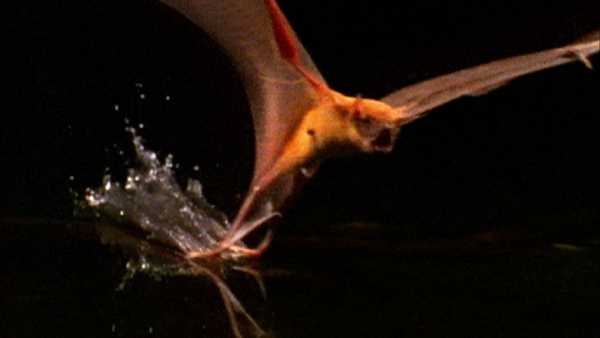
Bats, with the exception of birds, are the only flying animals equipped with claws. Although the Onychonycteris genus has claws on all five fingers, modern bats have a maximum of two claws per digit.
Thanks to their powerful talons, bats are great climbers and can use them to catch prey. Moreover, they are even able to grab fish out of the water and then transport it to feeding roosts.
14. Armadillos
Scientific name (order): Cingulata

The giant armadillo, with its prodigious claws, is an interesting creature. Its claws are the longest of any known animal, typically reaching 8 inches in length and are generally used for efficient digging. Armadillos possess formidable armour that’s well suited to defence against predators, but their claws can also come in handy if the circumstance demands it.
In most cases, these claws contribute to making the giant armadillo an excellent digger; they’re strong enough to penetrate even concrete-like termite mounds. Unfortunately, this same strength can pose a problem for homeowners; armadillos can use their claws to make devastating messes out of lawns and gardens.
15. Giant Anteaters
Scientific name: Myrmecophaga tridactyla

Anteaters possess remarkable adaptations, both in terms of their diet and their self-defence. Unlike many other animals with retractable claws, they cannot pull their claws back in so they walk on the knuckles of their forehands to avoid breaking them – essential to their survival.
Their extraordinary claws make it easy for them to dig through the earth and break open ant or termite mounds upon which they feed. Additionally, they use them while engaging in battles with other anteaters which often result in a lot of blood being shed.
In fact, giant anteaters possess some of the most formidable claws found in any animal, capable of taking down even fierce predators such as jaguars – though humans won’t find this too comforting considering that anteaters have killed three people in the past twenty years due to our tendency to possibly threaten them when approaching too closely.
16. Sloths
Scientific name (suborder): Folivora

Sloths have specially adapted to trees with their sharp, long claws. Whilst these claws may appear powerful enough to take on any forest creature in a fight, they are actually used solely as climbing aids and help the sloth remain firmly attached to tree branches throughout its life.
The strength of the sloth’s claws is so potent that it has even saved them from poachers; many dead sloths have been found still clinging to the tree branches where they were shot. Thanks to this amazing adaptation, the sloth can hang from trees with minimal effort enabling them to fly through the canopy tops effortlessly.
17. Kangaroos
Scientific name (family): Macropodidae
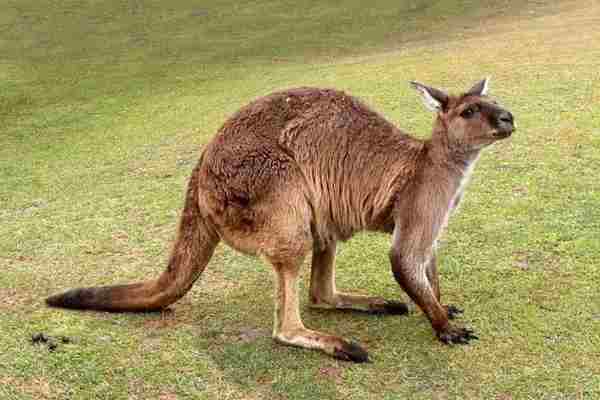
While kangaroos may not seem very threatening; due to their small claws, they can still do considerable harm when provoked. We know this because the indigenous people of Australia have been victims of kangaroo attacks for centuries.
But despite their small size, those clawed front limbs serve a purpose when there’s danger present – they work as a shield, scratching and tearing any predators that dare come too close. Fortunately, kangaroos have become accustomed to human presence and rarely use them in our presence.
18. Badgers
Scientific name (family): Mustelidae
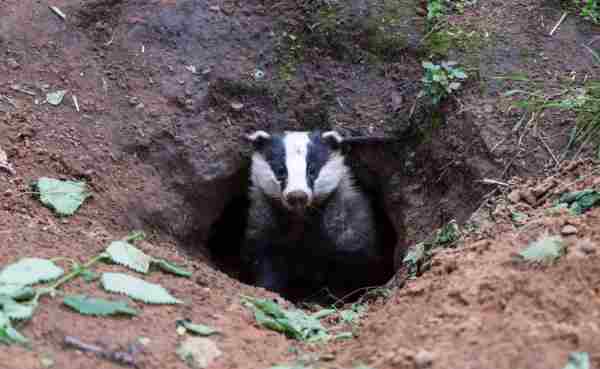
Did you know that badgers have some of the strongest claws around? This allows the creatures to use their feet for both fighting off predators and digging out burrows. In fact, badger claws are so strong they can even rip open bee hives in search of food.
Unfortunately, this prowess makes them difficult prey animals to hunt; with dachshunds sometimes being used as hunting aid, only to be injured in the process. All in all, we can thank the formidable weaponry on their feet for allowing them to fight back in dangerous situations such as predation and hunting.
19. Koalas
Scientific name: Phascolarctos cinereus

Koalas are often seen as small, cuddly bears, but they have a tool that many forget about – their claws! While their cuteness may often take centre stage, these sharp nails serve an important purpose for the marsupials. Much like sloths, koalas use their claws to climb and manoeuvre in trees, since they live exclusively in the branches.
Additionally, if needed, the claws can make quite a helpful defensive weapon. But more typically, koalas use their claws not to make cuts but to groom themselves.
20. Ardavark

Aardvarks are truly fascinating creatures, and their claws do not disappoint either. With retractable, semi-sharp claws, the animal can effectively dig through tough soil in search of ant larvae, termites and other snacks.
Additionally, its claws allow it to navigate the rocky terrain common to many of its habitats – often enabling it to escape from predators with relative ease. Aside from being an essential tool for foraging and protection, the Aardvark’s long claws can also be used as a surprisingly efficient scoop and rake – making them incredibly versatile tools.
Reference:

Rahul M Suresh
Visiting the Zoo can be an exciting and educational experience for all involved. As a guide, I have the privilege of helping students and visitors alike to appreciate these animals in their natural habitat as well as introducing them to the various aspects of zoo life. I provide detailed information about the individual animals and their habitats, giving visitors an opportunity to understand each one more fully and appreciate them in a more intimate way.









